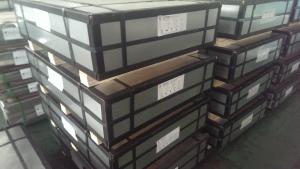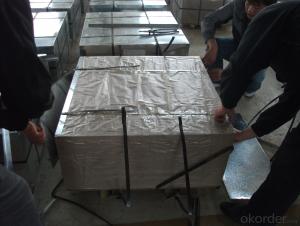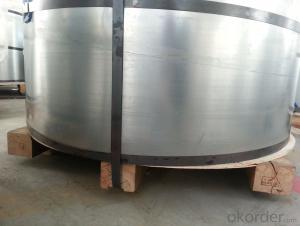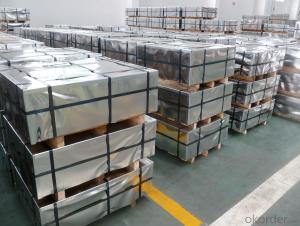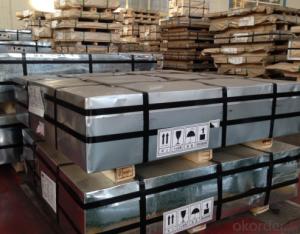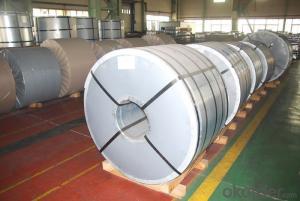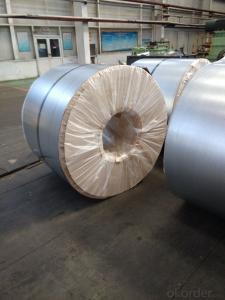Misprint Tinplate
Misprint Tinplate Related Searches
4 By 8 Plastic Sheets Thin Plastic Sheets Flexible Tinplate Coil Quotes Tinplate Iron Clear Plastic Sheets Hard Plastic Sheets 4X8 Lightweight Plastic Sheets Wavy Plastic Sheets White Plywood Sheets Poly Styrene Foam SheetsHot Searches
Tinplate China Tinplate Stock Price Tata Tinplate Price List Tinplate Price Trend Tinplate Nse Share Price Tinplate Price Chart Tinplate Share Price Nse Tata Tinplate Share Price Tinplate Share Price Today Tinplate Share Price Bse Tinplate Price Tinplate Share Price Tinplate Coil Manufacturers Tinplate Sheet Suppliers Food Mixer Sale Tinplate Factory Tinplate Production Tinplate Products Ltd Tinplate Products Tinplate Can ManufacturersMisprint Tinplate Supplier & Manufacturer from China
Okorder.com is a professional Misprint Tinplate supplier & manufacturer, offers integrated one-stop services including real-time quoting and online cargo tracking. We are funded by CNBM Group, a Fortune 500 enterprise and the largest Misprint Tinplate firm in China.Hot Products
FAQ
- Tinplate is not significantly affected by exposure to UV light since it is a highly durable material with good resistance to sunlight.
- Tinplate packaging contributes to food safety by providing a protective barrier that prevents contamination from external factors such as air, light, moisture, and microorganisms. It is resistant to corrosion and does not react with the food, ensuring the integrity and quality of the product. Additionally, tinplate packaging is tamper-proof, ensuring that the food remains safe until it reaches the consumer.
- Tinplate contributes to the protection of pharmaceutical products by providing a reliable and durable packaging material. It offers a protective barrier against moisture, light, and oxygen, helping to preserve the quality and efficacy of pharmaceutical products. Tinplate also ensures the integrity of the packaging, preventing contamination and tampering, thereby ensuring the safety of the products.
- The main difference between tinplate and tinplate laminates in terms of product visibility is that tinplate is a single-layer material made solely of tin, while tinplate laminates are composed of multiple layers, typically tin and another material such as paper or plastic. This means that tinplate laminates offer less product visibility compared to tinplate, as the additional layers can obstruct the view of the product inside the packaging.
- Yes, tinplate can be used for paint can packaging. Tinplate is a commonly used material for manufacturing paint cans due to its durability, corrosion resistance, and ability to be easily formed into different shapes and sizes.
- Tinplate offers limited design flexibility due to its rigid nature, while tinplate laminates provide greater design flexibility as they can be combined with other materials, allowing for more creative and versatile packaging options.
- Tinplate is coated for household appliances through a process called electrolytic tinning. It involves immersing the steel sheet in an electrolyte bath while applying an electric current. This causes tin ions to be attracted to the steel sheet's surface, resulting in a smooth and corrosion-resistant coating.
- Tinplate can significantly affect the overall cost of packaging production. It is a relatively expensive material compared to other packaging options such as cardboard or plastic. The cost of tinplate itself, combined with the additional processes required for its production, can contribute to higher manufacturing costs. However, tinplate offers several advantages such as durability, tamper resistance, and enhanced product protection, which can justify its higher cost for certain products. Additionally, the aesthetic appeal and potential for branding on tinplate packaging can also contribute to increased sales and consumer perception, potentially offsetting the higher production costs. Ultimately, the impact of tinplate on overall packaging cost will depend on the specific requirements, target market, and budget considerations of the product being packaged.


















